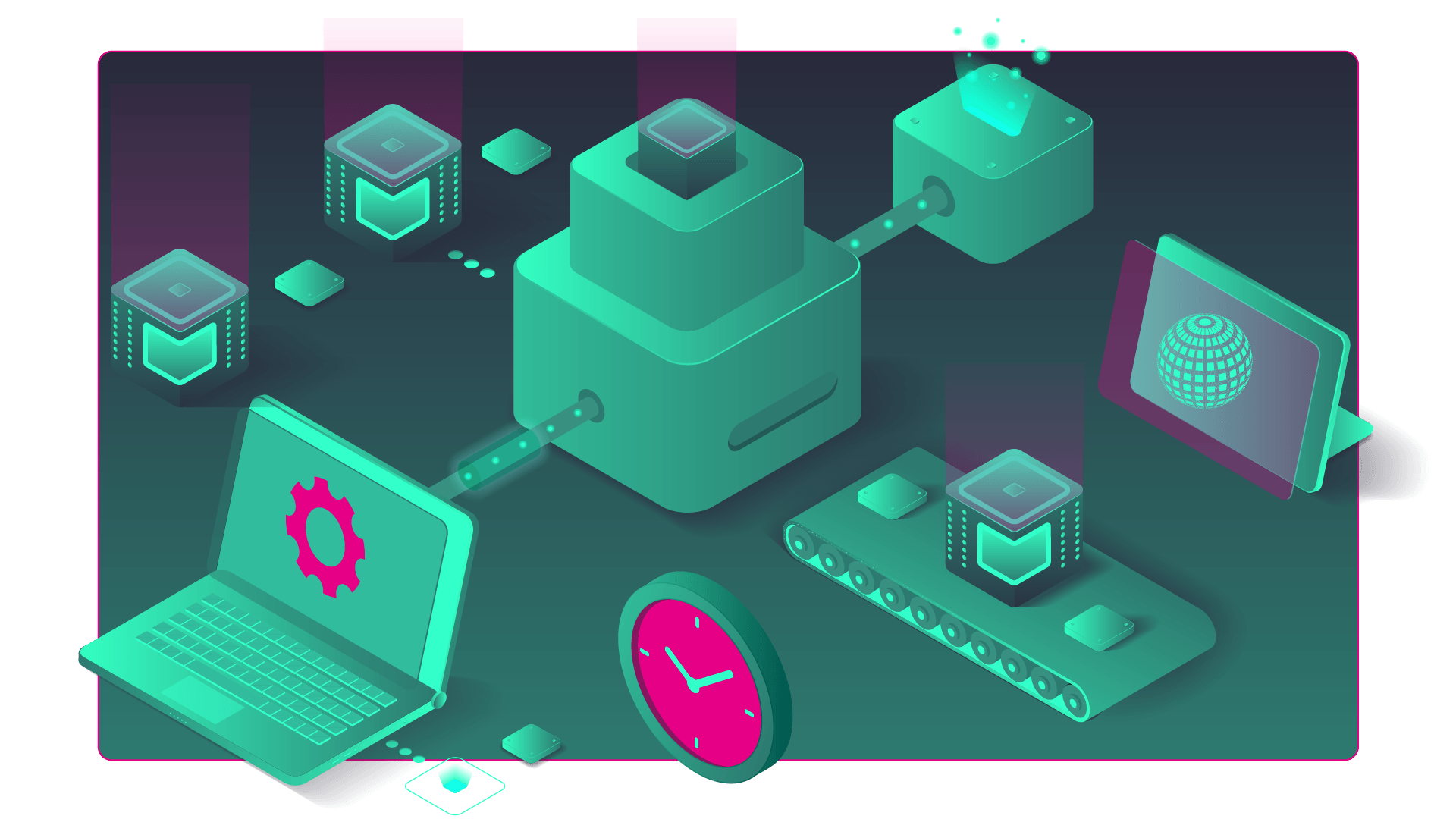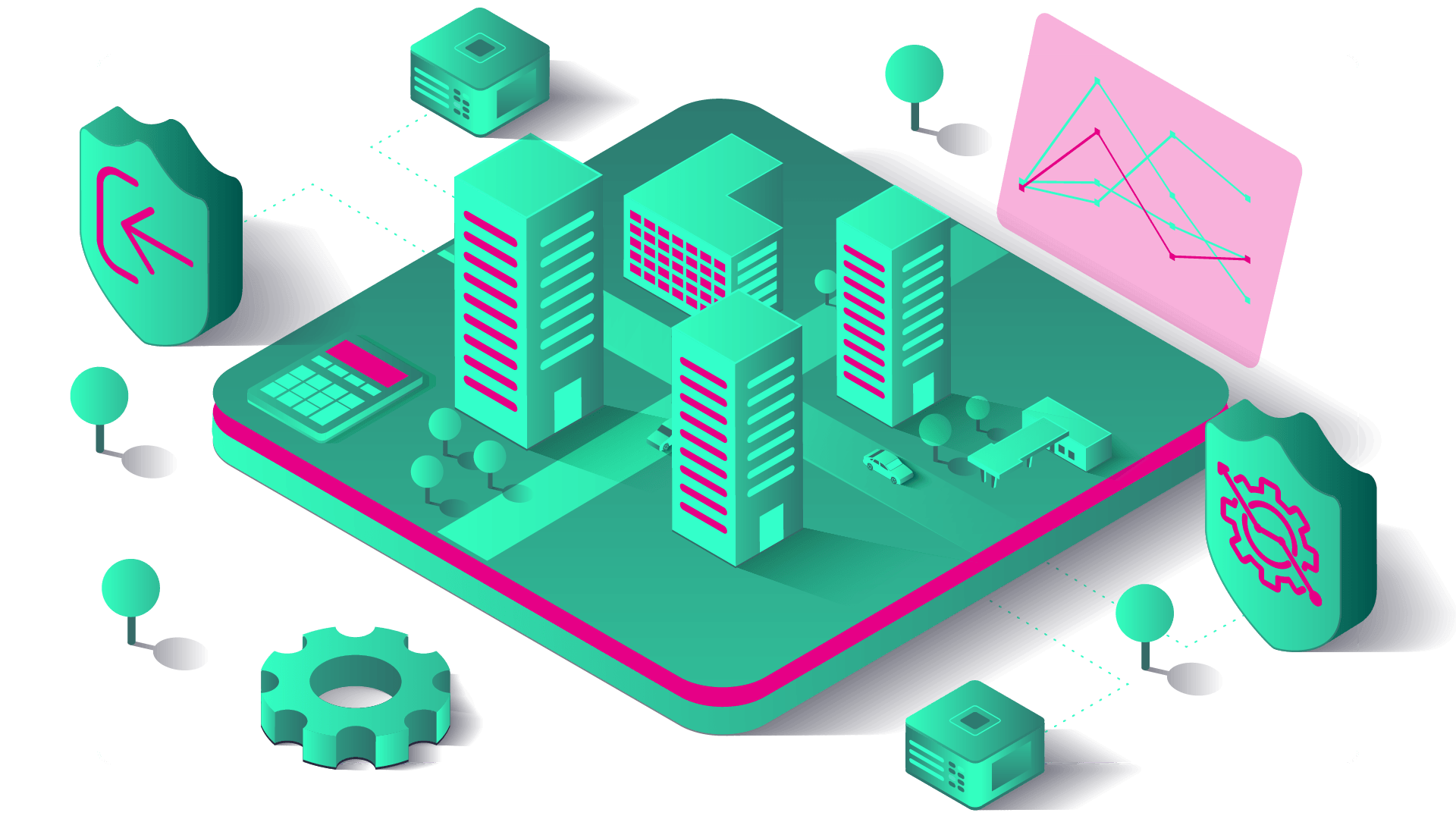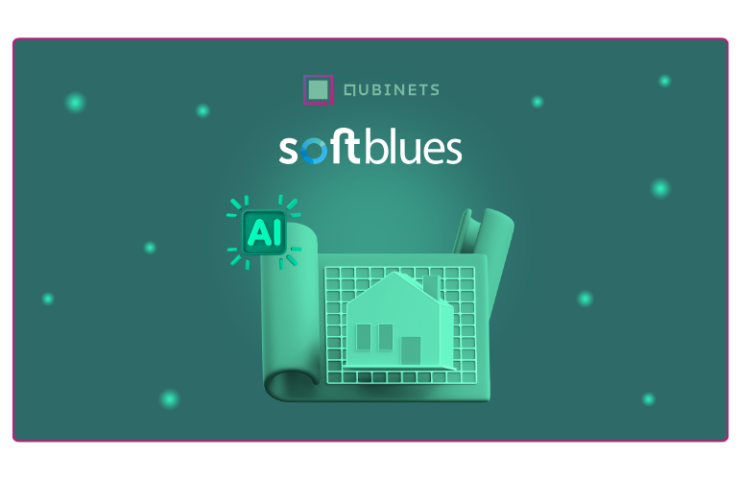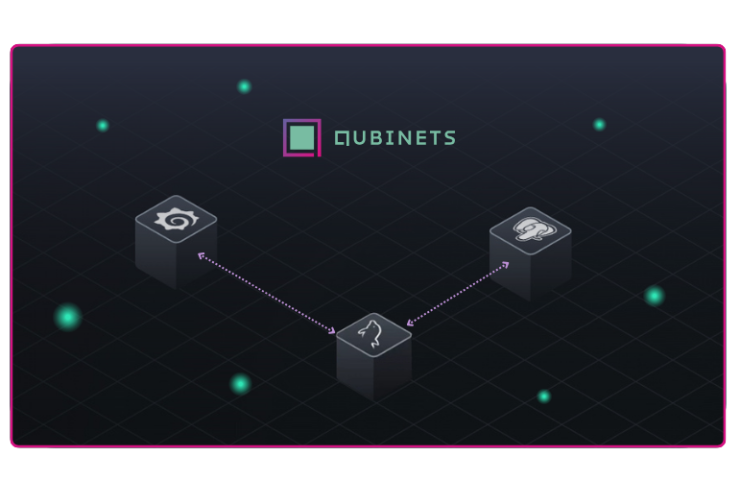Cloud data infrastructure is the backbone of modern digital projects, enabling businesses and individuals to manage, process, and store vast amounts of data in the cloud. With cloud computing’s rise, organizations are progressively shifting from on-premise servers to flexible, scalable, and cost-effective cloud environments. This transformation allows for improved data availability and robust disaster recovery capabilities without the hefty price tag and the complexity of maintaining physical servers.
Choosing the right type of cloud — public, private, or hybrid is crucial for tailoring the infrastructure to specific needs. Public cloud services offer extensive resources and flexibility at a reduced cost, whereas private clouds provide more rigid control and security. Hybrid clouds combine the best of both, allowing a customized and balanced approach. Building your cloud infrastructure requires careful planning and a deep understanding of cloud capabilities, including the need for regular monitoring and auditing for security and compliance.
Understanding Cloud Data Infrastructure
When you think about cloud data infrastructure, you’re looking at the assemblage of hardware and software components that make up the essentials of cloud computing. This includes networks, storage, servers, and virtualization technology that enable the delivery of shared computing services.

In terms of data architecture, this refers to the conceptual layout and arrangement of data assets and data management resources within the cloud environment. Your cloud data infrastructure is designed to ensure your data is safely stored, processed, and managed.
Here’s a simplified breakdown:
Cloud Based Database
- This is a database service built and accessed through a cloud platform. It allows for scalability, high availability, and flexible data access.
Data Center and Virtualization
- A modern data center in a cloud environment is built with numerous servers, often virtualized.
- Virtualization allows the creation of multiple simulated environments or dedicated resources from a single physical hardware system.
Cloud Networking
- Integral to the infrastructure, this involves a range of network resources and services for interconnectivity and the protection of data as it travels across the cloud.
Cloud Architecture
- This is the overarching framework that incorporates the front-end platforms, back-end platforms, a cloud-based delivery, and a network. It defines how your data and applications are hosted and interact within the cloud.
| Aspect | Description |
| Scalability | Easily add or remove resources as needed. |
| Flexibility | Access from anywhere, adjust to requirements. |
| Redundancy | Multiple copies to prevent data loss. |
| Security | Robust measures to protect data integrity. |
In order to leverage the power of cloud and database technologies effectively, it’s critical that you understand the layers and components at play within your cloud data infrastructure. This provides a solid foundation for operations and innovation in the cloud.
Regular Monitoring and Auditing
Monitoring and auditing are crucial for maintaining the integrity and performance of your cloud data infrastructure. When you implement continuous monitoring, you get real-time visibility into your operations, which allows for quick responses to any anomalies. Ensure you have comprehensive logging in place—it acts as a record for all actions and changes within your environment.
Analytics tools are invaluable for interpreting large volumes of data your systems generate. By leveraging AI and Machine Learning, your monitoring can become proactive, with systems anticipating and responding to issues before they escalate. This predictive approach can minimize downtime and improve overall function.
For compliance, regular auditing is non-negotiable. It helps you verify adherence to various regulations and standards, safeguarding against legal repercussions. Data security, a prime concern for any organization, benefits from auditing as it can uncover vulnerabilities and validate access controls.
| Key Activity | Purpose | Tools/Processes |
| Real-time Monitoring | Detect issues quickly | Dashboards, Alerts |
| Logging | Record system activity | Log management systems |
| Analytics | Understand data patterns | Data analysis software |
| AI Machine Learning | Anticipate problems | Predictive analytics |
| Compliance Auditing | Ensure regulation adherence | Audit management software |
| Data Security Assessments | Protect sensitive information | Security information management |
Make sure your monitoring strategy is comprehensive and incorporates all these elements. Regularly review your approach to stay ahead of potential risks and align with evolving compliance requirements.
Cost Optimization and Resource Management
When you transition to cloud data infrastructure, understanding how to manage resources and optimize costs is essential. Scalability is a core benefit of the cloud, allowing you to adjust resources based on demand. However, without proper management, costs can escalate. It is critical to match your usage with the right size and type of resources.
Effective Data Management begins with classifying data according to its access frequency and using the appropriate storage solutions. Hot data should be instantly accessible, while cold data can be stored more economically.
Selecting the right Cloud Provider plays a crucial role in cost optimization. Compare service models and pricing options to ensure you are not paying for unneeded features. Providers offer various tools to monitor and manage spending.
Cloud Migration should be carefully planned. Initial migrations can be expensive, so ensure your business only migrates what’s necessary. To save costs, use automatic scaling services when possible.
You should implement Resource Management strategies, such as:
- Auto-scaling: Adjust resources automatically to maintain performance.
- Reserved Instances (RI): Commit to certain resources for a reduced rate.
- Tagging: Organize resources with tags to track usage and allocate costs.
- Right-sizing: Regularly review and adjust resource sizes to fit actual needs.
Remember, hands-on management and regular reviews of your cloud spend and resource allocation lead to significant savings. By utilizing cloud-native tools and services, you ensure your infrastructure is not only powerful and scalable but also cost-effective.
How to Build Your Cloud Infrastructure
Building your cloud infrastructure requires careful consideration of scalability and fault tolerance, the right choice of cloud providers and services, stringent security measures, and the incorporation of automation and orchestration for efficient operation.
Designing for Scalability and Fault Tolerance
To ensure your cloud data setup is scalable, you should design with horizontal scaling in mind. This involves adding more instances of Virtual Machines (VMs) or Containers, like Kubernetes pods, to handle increased load. Data Replication across different zones and Disaster Recovery strategies must be robust to maintain high availability and data integrity.
- Data Backup: Regular, automated backups.
- Big Data: Solutions that scale horizontally to handle large datasets efficiently.
- Deployment: Strategies that allow for incremental upgrades without downtime.
Selecting Cloud Providers and Services
Your choice of cloud providers and services must align with your infrastructure needs. Evaluate the offerings of IaaS, PaaS, and SaaS to decide what suits your project:
- Cloud Computing Database: Choose providers offering managed services like automatic backups, updates, and scaling.
- PaaS (Platform as a Service): For development flexibility without managing the underlying infrastructure.
- SaaS (Software as a Service): For ready-to-use software solutions that are scalable and managed by the provider.
Securing the Cloud Environment
Security in the cloud is paramount. Implement a multi-layered security approach:
- Encryption: Protect data at rest and in transit.
- Access Control: Rigorous IAM (Identity and Access Management) policies.
- Security: Regular security audits and compliance checks.
Implementing Automation and Orchestration
Automation and orchestration streamline your cloud operations, making them more efficient:
- Automation: Use tools like Terraform or Ansible for infrastructure provisioning and configuration management.
- Orchestration: Kubernetes for container orchestration and workload distribution.
- DevOps: Integrate development and operations for continuous delivery and quick deployment cycles.

Leveraging Cloud Capabilities
When you consider cloud databases, you’re looking at solutions that offer scalability, reliability, and accessibility. By storing your database in the cloud, you benefit from the robust infrastructure provided by cloud providers like AWS, Azure, Google Cloud, and Digital Ocean. These platforms ensure that your data is stored securely and is accessible whenever you need it.
Scalability: One of the key benefits of using a cloud database is the ability to scale your resources based on your needs. As your data storage requirements grow, you can easily adjust your capacity, whether it’s CPU, RAM, or storage space.
| Cloud Provider | Scalability Feature |
| AWS | Auto Scaling |
| Azure | Azure SQL Database |
| Google Cloud | Bigtable |
| Digital Ocean | Managed Databases |
Cost-Efficiency: Cloud databases offer a pay-as-you-go model, meaning you pay only for the resources you use. This approach can result in significant cost savings compared to maintaining physical hardware for your databases.
High Availability: Database services on the cloud are designed for high availability, ensuring minimal downtime and data persistence. This is achieved through features such as replications and backups.
| Cloud Provider | High Availability Service |
| AWS | Amazon RDS |
| Azure | SQL Database |
| Google Cloud | Cloud Spanner |
| Digital Ocean | Volumes |
Security: With a database in the cloud, your data benefits from the advanced security measures undertaken by your cloud provider. Encryption, network security, and physical security are handled by experts in data protection.
Remember, when selecting a cloud provider for your database, you should consider factors such as data sovereignty, compliance requirements, and specific features that align with your organizational needs. Each provider has unique offerings that can be tailored to support your data infrastructure goals.
Simplifying the Cloud infrastructure building with Qubinets
When you approach cloud infrastructure, the complexity may seem daunting. Qubinets offers a streamlined solution to construct and manage your cloud environment effectively.
By employing Qubinets, you simplify the deployment process, allowing for more efficient resource allocation and management.
Key Advantages of Qubinets:
- Ease of Use: You’ll find that Qubinets’ intuitive interface dramatically decreases the learning curve for setting up cloud infrastructure.
- Automation: It automates many of the repetitive tasks involved in the cloud setup, such as provisioning resources and configuring networks.
Implementation Steps with Qubinets:
- Select Resources: Begin by choosing the types and quantities of resources you need, such as computational power, storage, and networking capabilities.
- Define Configuration: Use Qubinets to define your system’s configuration. Specify your requirements in terms of privacy, connectivity, and other infrastructure parameters.
- Deploy with a Click: With configurations set, Qubinets deploys your resources with a simple click. It provisions services across multiple cloud providers if needed, ensuring high availability and redundancy.
Monitoring and Scaling:
Qubinets provides real-time monitoring tools, which give you immediate insights into your systems’ performance. When demand fluctuates, Qubinets facilitates easy scaling. It permits you to increase or decrease resources to match your current requirements without overhauling your entire infrastructure.
Security and Compliance:
Security is not an afterthought with Qubinets. Through the platform, you can apply robust security measures and ensure compliance with industry standards. Implement identity management, encryption, and network security effortlessly.
In summary, Qubinets simplifies the construction of cloud infrastructure by integrating essential elements of setup, management, and scaling into a unified platform. This ensures you build a robust, secure, and scalable cloud environment with considerable ease.






